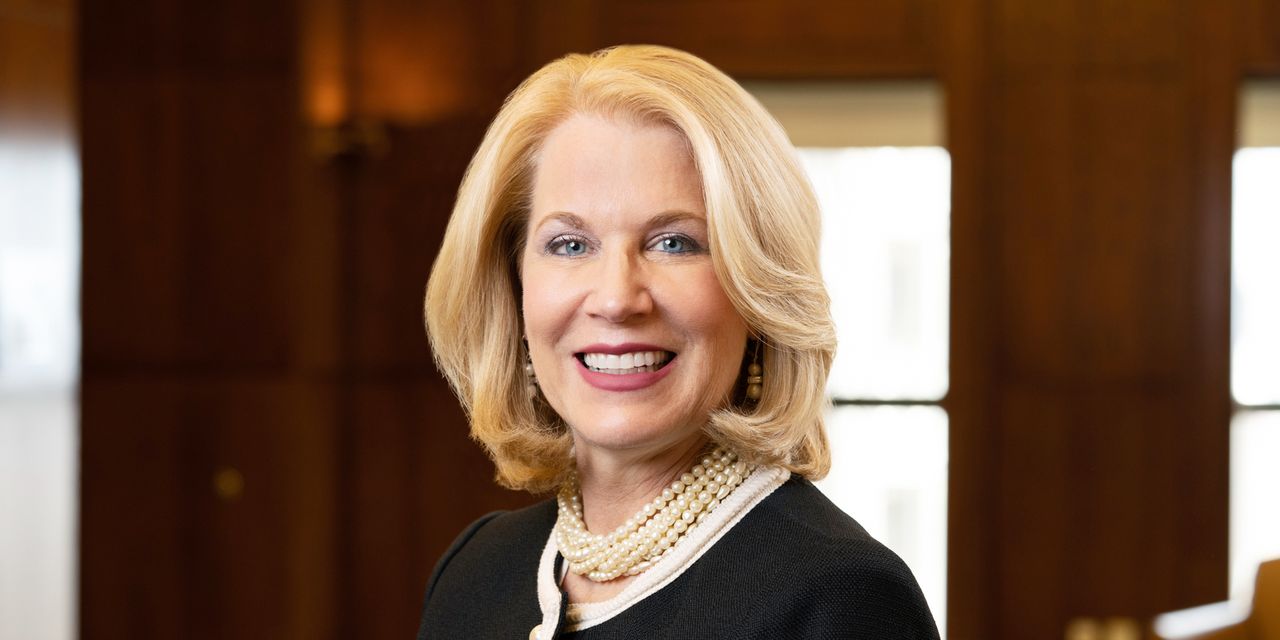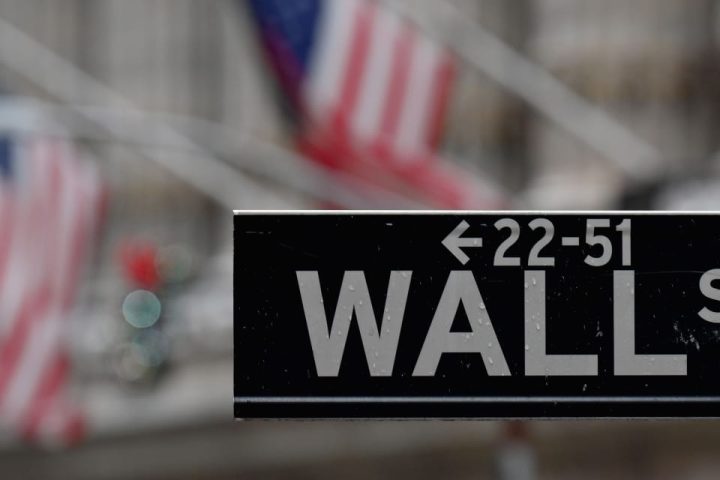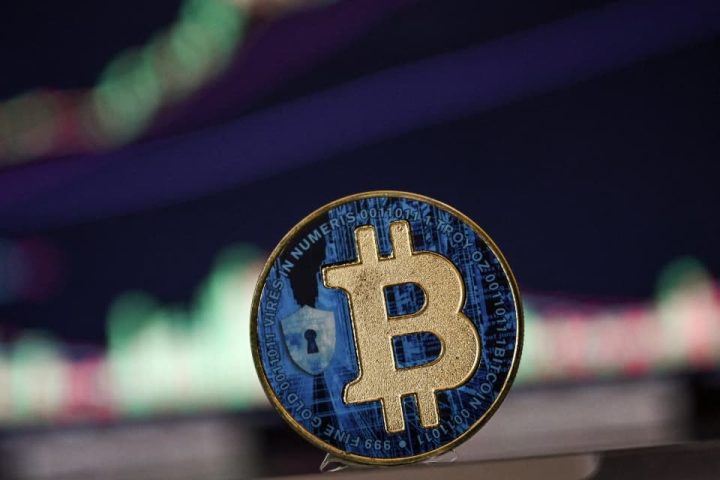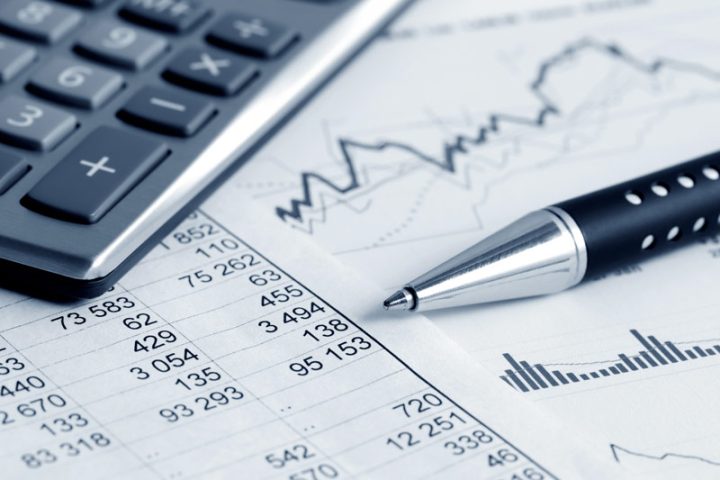The interim president of the St. Louis Federal Reserve Bank said the U.S. central bank “can afford to wait for further data” on the economy and inflation before deciding whether to raise interest rates again. She made her remarks at an event in Jefferson, Ind.
Kathleen O’Neill Paese on Thursday said she supported the Fed’s decision last week to leave a key short-term interest rate unchanged. She said she was persuaded in part by talks with business leaders that indicated inflation pressures and labor shortages were easing.
Tighter credit conditions and a surge in mortgage and other long-term interest rates also factored into her thinking, Paese said. Higher borrowing costs and stricter lending standards are putting more pressure on the economy.
Paese said the Fed retains the option to raise rates again if inflation remains stubbornly high.
“Recently, inflation has been moving more sideways than down,” she said. The Fed’s preferred inflation barometer, the personal-consumption expenditures index, showed annual inflation was flat at 3.4% from July through September.
In September, Paese was one of a majority of senior Fed officials who predicted one more rate hike before the end of 2023 in the bank’s so-called dot plot.
Paese said the economy’s strong performance in the third quarter and a big increase in employment growth in September appeared to “justify” another rate hike.
Yet she noted that the data was backward-looking and that more recent reports on the economy were notably softer, including the October jobs report.
Given the uncertainty, Paese said, “we can afford to await further data before concluding that additional policy tightening is appropriate.”
The Fed’s current benchmark rate, now at 5.25% to 5.5%, “remains modestly restrictive but not overly tight,” she said.
Paese became interim president of the St. Louis Fed after the departure of James Bullard over the summer. The St. Louis Fed is not a voting member on the Fed’s rotating interest-rate-setting panel until 2025.
Read the full article here







